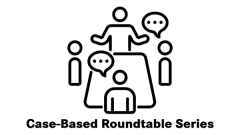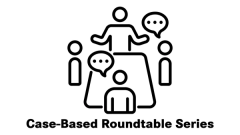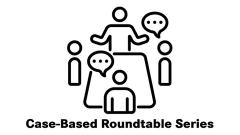
IO/IO Vs IO/TKI Usage in Frontline RCC Varies Across Clinical Practice
Manojkumar Bupathi, MD, MS, discussed his takeaways on physician decision-making for frontline metastatic renal cell carcinoma (RCC) treatment from a Case-Based Roundtable event.
Episodes in this series

Manojkumar Bupathi, MD, MS, genitourinary medical oncologist at Rocky Mountain Cancer Centers and executive co-chair for genitourinary research for Sarah Cannon Research Institute in Denver, Colorado, discussed his takeaways on physician decision-making for frontline metastatic renal cell carcinoma (RCC) treatment from a Case-Based Roundtable event.
Bupathi said that the most interesting element of the event he moderated was the discussion on why different participants said they would choose immunotherapy (IO) plus IO vs IO plus tyrosine kinase inhibitor (TKI). Each type of combination therapy has pros and cons, and different types of patients might be considered for them.
Some of the discussion centered on which patients fall into favorable-, intermediate-, or high-risk status and how that might affect outcomes. Ipilimumab (Yervoy) plus nivolumab (Opdivo) lacks category 1 preferences from the NCCN, though it and the 3 IO/TKI combinations can be used for any risk status. Additionally, oncologists may be interested in the tail of the Kaplan-Meier curve for a regimen based on trial data for patients in whom they hope to achieve deeper and more durable responses. Alternately, patients in their clinic may present with aggressive disease characteristics such as sarcomatoid or rhabdoid features or high-grade disease that make them lean toward an agent with a more rapid response.
Discussing these issues on a patient-by-patient level emphasizes that there is wide variance between oncologists in treating RCC due to the multiple available options that have not been compared head-to-head.
TRANSCRIPTION
0:10 | I think the interesting part was trying to understand why some physicians choose IO plus IO vs IO plus TKI. The pros and cons of both these options and the type of patients that are chosen for these 2 options in the broad sense are very different.
0:34 | I think that was very interesting to see how physicians categorize their patients when they're seeing them in clinic to pick those regimens. We spent a lot of time talking about what is considered a good risk, or what is considered an intermediate risk, what's considered a poor risk. What are you looking for the tail of the curve in terms of response? How do you factor in age? How do you factor in symptoms and volume of disease, as well as what is considered a truly aggressive kidney cancer based on sarcomatoid or rhabdoid [features] or grade of tumor and such. This is probably the area where we spend a lot of time discussing.

















































